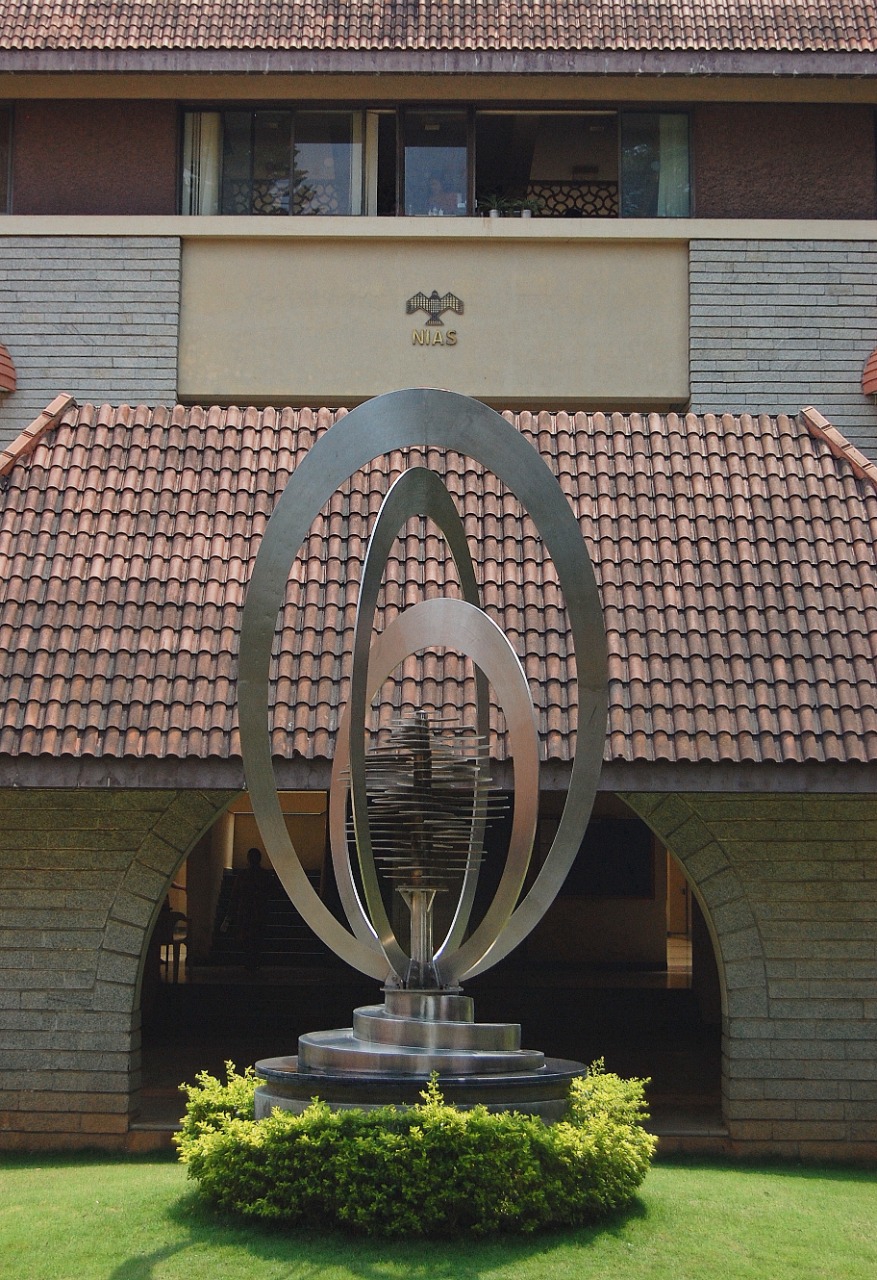
How do India’s neighbours look at the One Belt One Road (OBOR) initiative of China? What is the current politico-economic framework in the Bangladesh-China, Nepal-China and Sri Lanka-China relations? What could be the possible opportunities and concerns when the Indian neighbourhood takes the new road with China? How do they intend to take the initiative forward?
Sino-centric bilateralism
China’s tie with Bangladesh has been primarily one of friendly trade and defence cooperation. The International Trade Centre marks the commerce between the two States to be USD 12 billion in 2014 and estimated to exceed USD 30 billion by 2021. However, there seems to be a huge imbalance in trade, in terms of export-import between the two nations. The exports of Dhaka to Beijing seem to have not reached even a billion while on the flip side it enjoys duty free accessibility on a number of Chinese products. Bangladesh intends that the existing and growing imbalance could be tackled if China shows more interest to invest in Dhaka’s sunset industries and improve exports by sending the goods produced to Beijing.
Interestingly, Nepal faces a similar trade-deficit like Bangladesh, that is, the average export has remained at a very low rate compared to its imports with China, though, and trade relations among the duo have been at a steady rise. Nepal has not been able to fight the trade imbalance given the zero tariff entry it enjoys on a number of its goods primarily agro-products. Apart from this, geographical factors leading to poor connectivity have also been a major challenge to improve trade relations with Beijing. Nevertheless, China has been consistently making efforts to improve infrastructure on its part along the Nepal border. It has already connected a suburban plateau in Nepal through railroads.
Sri Lanka, on the other hand, has been receiving greater attention from China in recent times as the latter has been seeking to revive its ancient trade routes. This has improved the investment of Chinese Yuan in Sri Lanka. Even so, Colombo’s trade imbalance seems to be in line with other nations. The import from China accounted to USD 3,731.64 million while the imports barely remained at USD 293.05 million during 2015. Sri Lanka does not completely apprehend on this as Chinese imports of raw materials largely provide the foundation for Sri Lanka’s textile manufacturing and its export.
OBOR: Opportunities and Concerns
The One Belt One Road (OBOR) initiative is largely seen as a gateway to expanded commerce by South Asian States. Small economics like Bangladesh and Nepal view OBOR as a prospective tool to improve the present infrastructural deficiencies which is vital for socioeconomic advancement. Dhaka, for instance, intends to meet its annual task of employment generation through the OBOR, which assures speedy growth and an extensive network of trade. Bangladesh also seeks to make use of her geographic position and work towards emerging as a major hub serving all the corridors along the OBOR. However, Dhaka seems concerned about how well it would be able to harness the opportunities to the fullest and reap benefits.
The unofficial border blockade by India has been a major factor which pushed Nepal into having extended ties with China and further into signing the OBOR. Kathmandu seems affirmative towards the initiative and like Bangladesh, Nepal also primarily views connectivity as one of the major breakthroughs to accelerate the economic engine. Kathmandu is a very recent entrant into business with China. It, therefore, becomes important for Nepal to keep a tab on the long term benefits it could gain from the initiative and also analyse on how the rest of South Asia, especially smaller economies have been carrying their relationship with China forward.
Besides the geopolitical question, Sri Lanka, unlike the rest of her South Asian counterparts seems to remain in bigger dilemmas. The State is sceptical about its way forward due to the debt-laden projects with China it inherited from the previous government. Further, Colombo’s association with Beijing on the OBOR would mostly be on building infrastructure at the Hambantota Port and the Colombo Port for which Sri Lanka would have to respond to the queries of India on alleged Chinese expansion unto the Indian Ocean Region (IOR). But, the island already seems ready to tackle the risk. Sri Lanka cannot underplay its ties with China, particularly at a time when it plans to move ahead with its projects.
Conclusion
Evidently, China’s motive might not be one of overt power projection along South Asia but covertly, it could also be in order to expand its defence capabilities by familiarising with the region in the first hand. India as a regional power seems to be drifting away from its neighbourhood. Recent policy shifts suggest that India might join hands with USA and Japan on infrastructure projects countering the OBOR. India as a major player in the Asia-Pacific region and China almost leading the superpower race today aggravates the challenges to which States like Bangladesh, Nepal and Sri Lanka could be exposed in the coming years. But, the prospects of a landmark initiative like the OBOR are undoubtedly humongous. It would not be wise of these States to let go of the enormous connectivity and trade opportunities the initiative pledges to offer. Nonetheless, small economies have to make sure that this win-win drive towards globalisation lets them extract optimally without pushing them to the Chinese laden debt-traps.
